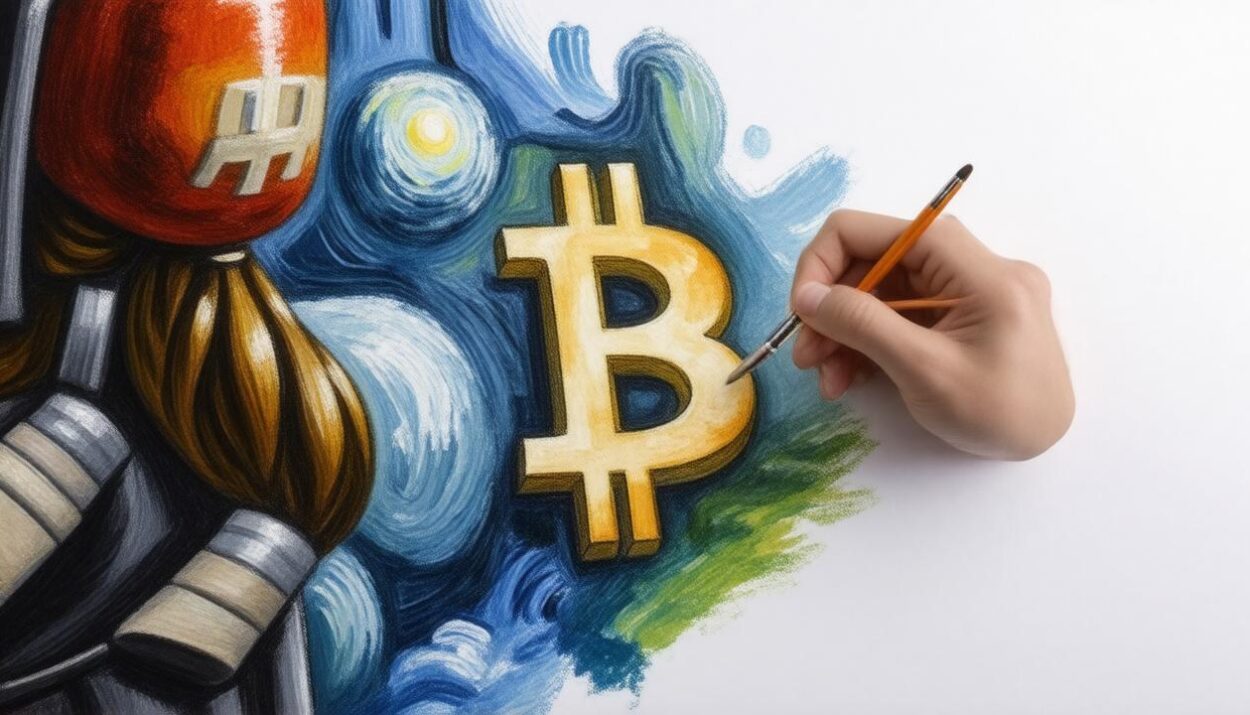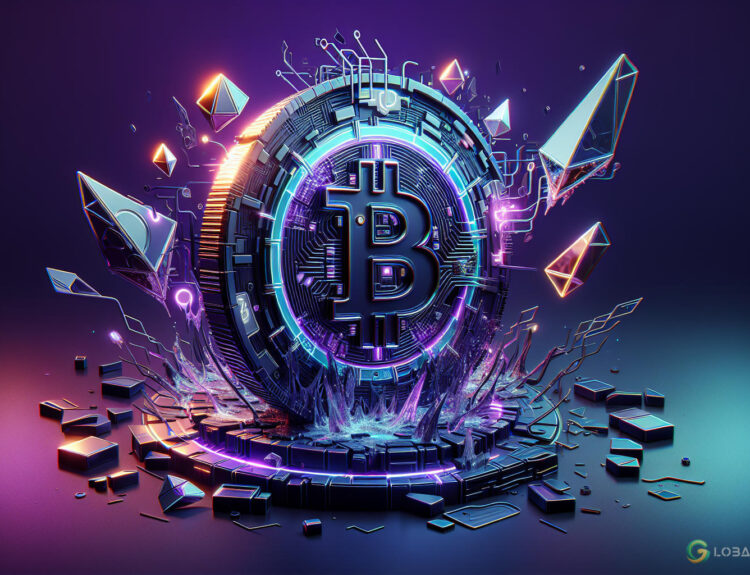The Transformative Power of NFTs in Preserving Art and Culture
Non-fungible tokens (NFTs) have been a subject of debate in both the art world and broader cultural discussions. While their role in high-value digital art sales and perceived association with speculative bubbles have sparked controversy, NFTs hold the potential to revolutionize how we preserve, authenticate, and engage with art and culture.
Importance of Authenticity and Provenance
Authenticity is the cornerstone of art valuation. A painting attributed to Leonardo da Vinci, for instance, could fetch hundreds of millions of dollars, whereas the price of a copy from his contemporary could drop by more than 99%. Provenance, which refers to the documented history of an artwork, tracing its journey from creation through various owners to its present-day status, is also crucial in confirming an artwork’s authenticity and adding historical context and significance.
Traditionally, authenticity and provenance have relied on physical records, such as catalogues, inventories, or certificates, which are vulnerable to loss, damage, or manipulation. NFTs provide a solution by creating immutable records, ensuring the preservation of critical information, and offering a transparent and secure way to track provenance.
Tokenization: A New Path for Art?
Tokenization, which involves creating digital versions of artworks certified by respected institutions, is the most common and tangible application of NFTs in the art world today. For instance, the British Museum issued over 200 NFTs of 19th-century drawings by Japanese artist Hokusai, and the Belvedere Museum in Vienna turned Gustav Klimt’s The Kiss into 10,000 NFTs.
Such initiatives offer the public an innovative way to engage with cultural treasures, fostering deeper connections with cultural artefacts and helping fund the preservation and conservation of the physical artworks through proceeds from the sale of these digital versions.
NFTs: The Future of Cultural Preservation and Reinterpretation
NFTs can bridge the gap between preserving historical art and culture and reinterpreting them in innovative ways. They not only document and digitize historical artefacts but also enable artists to reimagine cultural heritage in novel forms, blending creativity with technology, and bringing art and culture into the future.
An example of NFTs being used meaningfully and respectfully for cultural preservation is Refik Anadol’s collaboration with the Yawanawá people of Brazil, which blends artworks created by local people, Amazon rainforest data, AI technology, and immersive digital displays to create a data-driven art experience.
Embracing the Future of Art & Culture
Contemporary artists are the primary beneficiaries of NFT technology, which can document provenance and verify authenticity from the moment of creation. NFTs can serve as comprehensive digital archives, capturing details about sponsors, editions, exhibition histories, and transparent pricing.
As humans, we generate ideas and transform them into physical objects, attaching meanings and interpretations to them. In today’s digital age, we are increasingly valuing intangible assets like digital experiences and virtual spaces.
NFTs have the potential to evolve with the times, adapting to the ever-changing nature of art and culture while maintaining the essence of human expression.
Stay up-to-date with the latest news on NFTs, **cryptocurrencies**, and **blockchain** technology by following Global Crypto News. Discover the latest trends, insights, and analysis on the world of web3 and beyond.
























